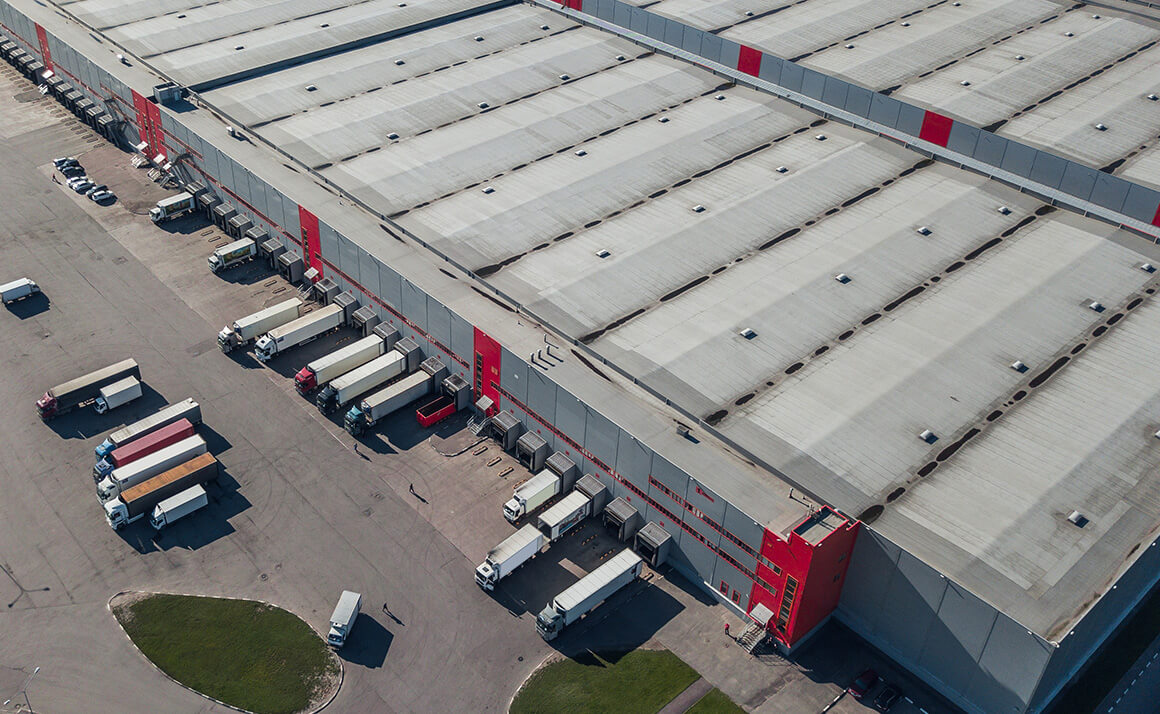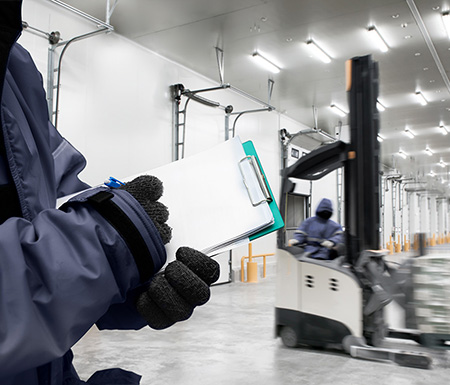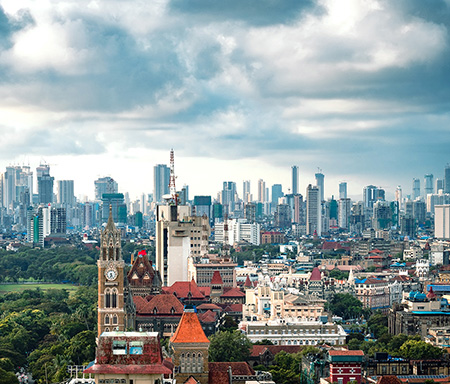
Industrial & logistics shows resilience
It has been a tough year so far for real estate investors, demonstrated by a severe slump in transaction volumes, however one sector is weathering the storm notably better.
Real Capital Analytics data show Asia Pacific office transactions volumes fell by a staggering 59% year to date (June 8th 2020) compared with the same period in 2019. For retail the figure an even more alarming 68%. However, industrial and logistics transactions fell by only 24%, suggesting that the sector has proved much more resilient in the face of the COVID-19 crisis.
According to Simon Smith, head of research and consultancy at Savills Asia Pacific: “Industrial and logistics properties, especially warehousing, have been at the top of many investors’ lists for a while now. The sector taps into megatrends such as the growth of online retail, and almost every market in the region is undersupplied with modern logistics space.”
Michael Fenton, national head of industrial and logistics at Savills Australia, adds: “The sector continues to grow in its appeal to global investors as a stable and secure asset class, which will benefit in the post-COVID-19 era from the exponential increase in demand for online retail services. When compared with other asset classes, such as office and retail, logistics generally offers longer and more stable income streams and lower capital expenditure over the investment life cycle.”
While industrial and logistics has been a resilient asset class across most of Asia Pacific’s real estate markets, Prospects takes the temperature in three markets in particular:
Australia: online shopping keeps on growing
“The logistics market in Australia quickly polarised with the onset of the COVID-19 pandemic, says Fenton. “Those logistics groups working with customers in essential services, such as retail and healthcare, struggled to meet demand as consumers stockpiled goods fearing major shortages of bare essentials. They were forced into seeking additional short term warehouse space to keep pace with demand. Thankfully most landlords pivoted their leasing strategy to accommodate short term requirements.”
Investment yields for Australian industrial property have flattened out this year after falling steadily due to increased demand and investors are still buying. In June, Savills advised on Charter Hall’s purchase of a A$115m asset in West Sydney, a transaction which reflected a 4.5% initial yield.
Owner occupiers of Australian industrial and logistics property continue to seek sale-and-leaseback deals to capitalise on the increased value of their assets and to lock in reasonable long-term rents.
China: a different picture in different regions
While China was hit first by the pandemic, it has recovered slowly since, with varying experiences for the logistics sector in different part of the country.
In Wuhan, the epicentre of the outbreak, the impact was “enormous”, says Andrew Zhou, director, commercial and industrial, at Savills Wuhan. “All business activity has been severely restricted, especially logistics and this will continue. Investor interest has slumped due to the perception of risk, however some investors are preparing for the market to bottom out.”
However Gandi Gong, who leads Savills business park and industrial services team in Southern China, says demand remained fairly strong throughout the pandemic, with manufacturing space and logistics space serving bricks and mortar retail faring the worst.
“Demand from fresh food distributors, online retail, and the medical sector has increased significantly, which has played a supporting role in the logistics property market recently,” he says.
Betty Mao, director for business space and industrial services at Savills Shanghai, covering Jiangsu, Zhejiang and Shanghai, says the impact in her region has not been great and big name logistics developers continue to build new space. “A large amount of warehousing will be launched over the next 12 to 24 months,” she says. “The logistics leasing markets in first and second tier cities are still very hot, and there will be no shortage of tenants pre-letting space under construction.”
The COVID-19 crisis may also boost the supply of land for logistics as local governments look to boost their income and manufacturing struggles, she adds. “As a result of COVID-19, a lot of manufacturing firms have developed problems, which in turn has caused local governments to increase their land supply. This may help logistics enterprises to acquire good quality, well located sites. The government’s tax requirements for logistics enterprises are always the most important condition; if these can be met, the land can be acquired for logistics.”
Overall, across China, demand from overseas real estate funds and domestic logistics developers remains strong and they are actively looking for investment opportunities, says Gong. “As there are few high-quality logistics projects for sale in the current market, there have been few transactions recently.”
India: unlocking the growth of manufacturing
Still deep in its COVID-19 lockdown, all business sectors in India are suffering, however the outlook for industrial and logistics is brighter than for most. Indeed its industrial sector is set to benefit as multinationals seek to diversify their manufacturing locations.
“India is emerging as an alternate manufacturing investment destination to China,” says Srinivas N, managing director, industrial and logistics at Savills India. “ There are about 1,000 foreign manufacturing companies which are planning to shift their manufacturing base to India from China, out of which 300 companies are actively pursuing production plans in mobiles, electronics, medical devices and textiles.
“The Government of India and State Governments are making an all-out attempt to attract foreign firms and in a major boost to domestic manufacturing, the Government of India recently slashed corporate tax rates. This, together with the relatively recent goods and services tax and low labour costs, is encouraging foreign companies to relocate their production bases to India, creating unprecedented demand for industrial and warehousing space nationwide.”
India logistics has seen a flurry of investment recently with overseas real estate investors such as GLP, Ascendas, Blackstone Group, Allianz, ESR and Morgan Stanley Real Estate investing in the past two years.
“We anticipate an inflow of sizable investments into the country in 2020-21,” says Srinivas. “There are large US, Europe and Australia-based industrial and logistics parks developers planning to enter India which are exploring partnerships, joint ventures, development management contracts and asset acquisitions. Meanwhile private equity funds are looking at investing in yielding assets and forward purchase deals.”
Further reading:
Latest Savills India research



